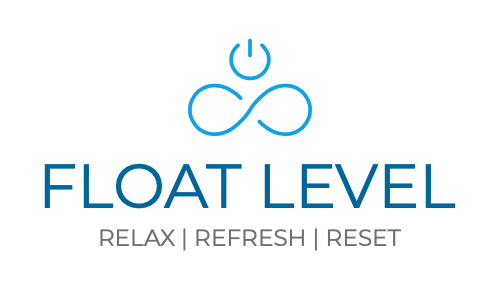Floatation – A Priming Environment for Creativity
/Creativity is a valuable and highly sought after quality. Everything we see around us is born of a creative thought, which was realised physically. We all like to think we are creative and have flashes of creative brilliance (if we do say so ourselves!) and this is all true some of the time.
However, the frustration can often come when the regularity with which we exhibit these creative flashes diminishes (or indeed the opportunities which would give rise to creativity become limited) due to the volume of necessary “automatic” tasks we all do every day which follow a certain defined pattern or process.
Are you creatively prepared?
We can often be caught off guard when a situation really calls for a creative solution and can labour over the issue at hand. This has the knock-on effect of increased stress or falling back on so-called “tried and trusted” solutions that others have created.
Genuine creativity inspires, excites and engages us. The quest for novelty and an avoidance of banality are central to our progress individually and collectively.
For example, we all look to the arts to inspire us whether it is through cinema, music, art or literature. The artists’ creativity is however not ever-present. It requires dedication to new experiences, a drive for information gathering and critically, time to shape and process the information obtained.
Aloneness as a Catalyst for Creativity
When it comes to creativity, the image of the artist or writer is something we should all bear in mind. Their creativity comes ultimately when they are alone. Being alone with your thoughts and absorbing and reshaping the inputs and influences you have gathered while with others is a vital element to creativity. Being alone allows your mind to be still and process the complex web of ideas and emotions, which we have swirling around in our heads.
There have been many studies on isolation and creativity with creativity expert Arieti stating that creativity comes from an absence of distraction or arousal. He calls this state “Aloneness”. This concept was recently put to the test through an experiment conducted by Forgays at the University of Vermont in which two groups of 15 people were assigned to either a control group, who sat alone in a dark room for 1 hour, or a floatation group, who spent the hour in a floatation tank.
An Optimal Aloneness Environment
The results of this experiment were surprising as both groups were experiencing the Arieti “Aloneness” state and yet, while both groups scored roughly the same in the Guilford creativity scale pre-isolation, the floating group showed enhanced creativity scores and reduced negative feelings in their post-float evaluation:
“Floaters increased their post- over their pre-scores on creativity and vigor, and maintained their curiosity level while they decreased anxiety, tension, depression, and fatigue scores, as compared with controls. It appears, then, that float subjects are alert but relaxed and that these conditions may conduce to the creativity benefits obtained.”
This reinforces the idea (and firm belief among people who float) that the floatation tank is a priming environment for a relaxed but alert state, which sets the stage for the onset of creativity. Moreover, the study shows that the floatation environment is in fact more suited to an emergence and enhancement of creativity than conventional methods of achieving the “Aloneness” state. Indeed, many people approach floating with particular problems in mind to work through while in the floatation environment.
Why not see how floatation could help your creativity?

